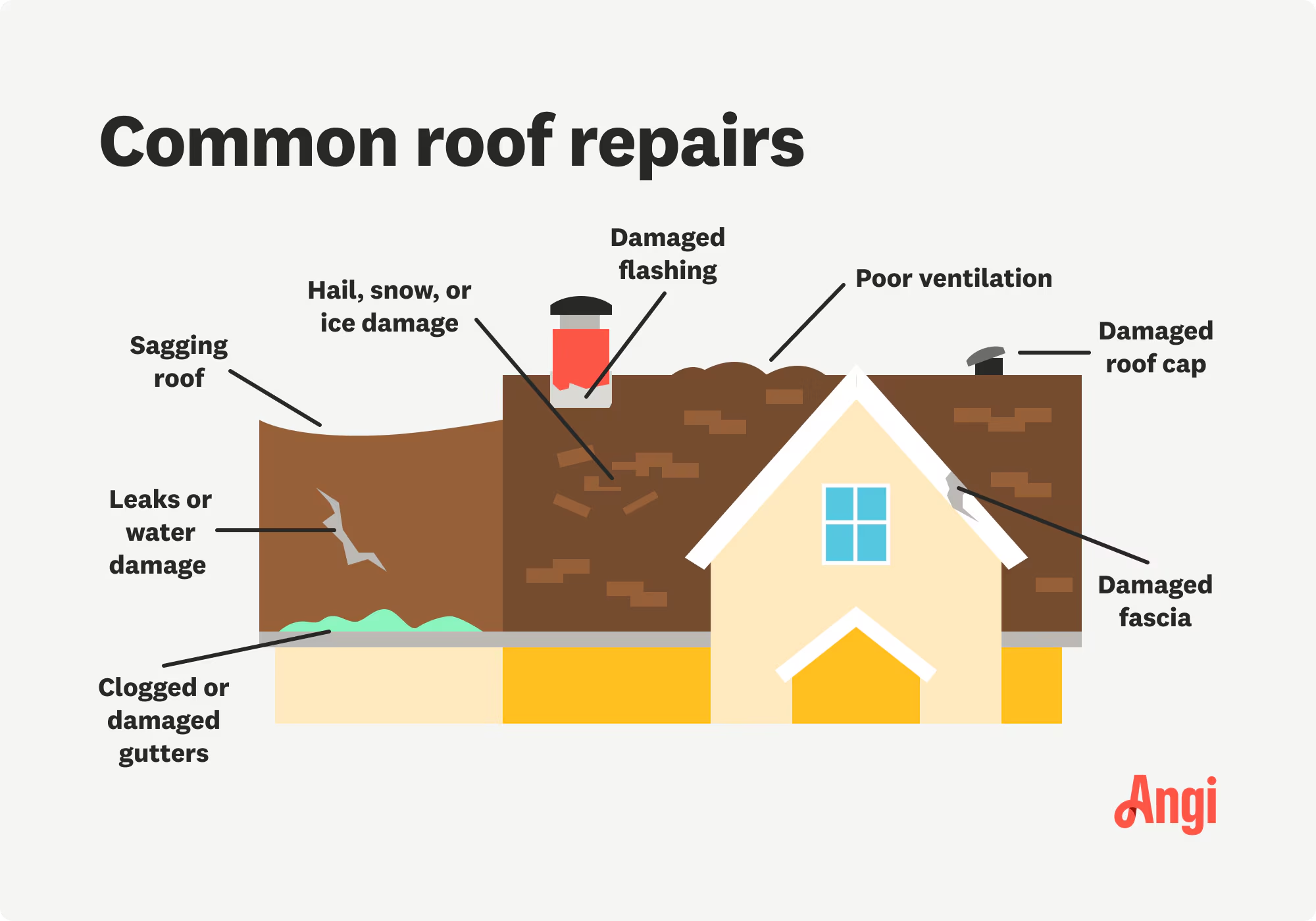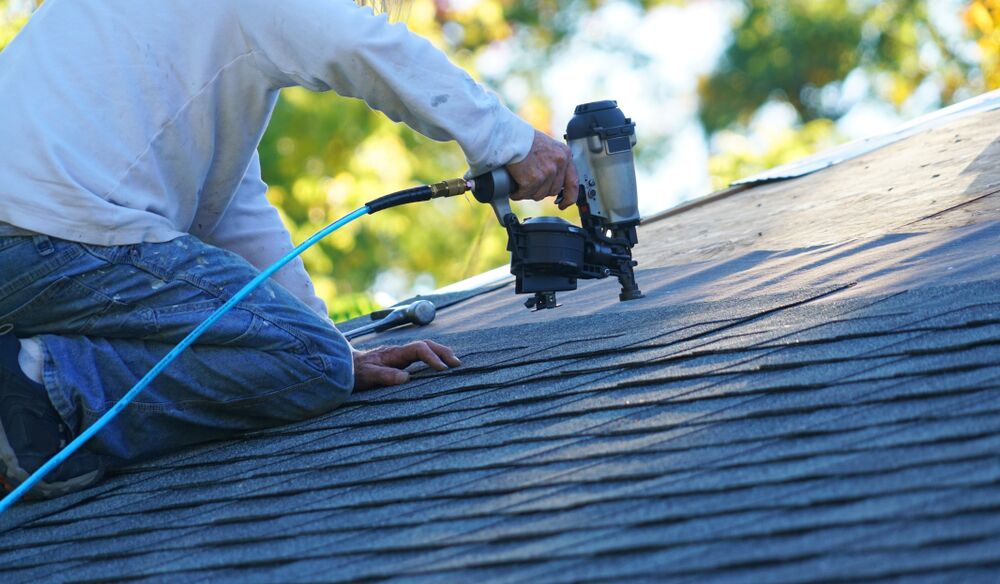Roofing Companies Oahu: Relied On Professionals for Your Roofing Needs
Roofing Companies Oahu: Relied On Professionals for Your Roofing Needs
Blog Article
Understanding the Various Types of Roofing Systems: A Comprehensive Overview for Homeowners
In the realm of homeownership, choosing the suitable roof covering design is a choice that carries considerable ramifications for both performance and visual allure. With a selection of alternatives-- ranging from the typical gable to the modern flat-- each kind presents distinct advantages and difficulties that need to align with the house owner's specific requirements and environmental considerations. Comprehending these distinctions not only help in making an enlightened selection yet additionally affects long-lasting maintenance and energy effectiveness. As we check out the ins and outs of various roofing types, it comes to be obvious that dimension does not fit all; the right choice may surprise you.
Saddleback Roof
Saddleback roofs, defined by their triangular form, are amongst the most preferred roof styles because of their simpleness and performance in dropping water and snow. This design includes 2 sloping sides that satisfy at a ridge, enabling effective drainage and decreasing the threat of water build-up. The steep pitch commonly connected with saddleback roofs boosts their capacity to handle heavy rainfall, making them suitable for numerous environments.
In addition to their sensible advantages, saddleback roofs offer aesthetic convenience. They can be adapted to various building designs, from traditional to modern homes. The design can likewise fit extra attributes such as dormer home windows, which boost all-natural light and ventilation in the attic area.
Furthermore, saddleback roofs offer ample space for insulation, adding to energy performance. Home owners can select from a range of roof covering products, including asphalt shingles, steel, and floor tiles, better boosting personalization options.
Regardless of their advantages, saddleback roofs might require additional support in locations vulnerable to high winds or heavy snowfall. Overall, the saddleback roof continues to be a popular option because of its blend of performance, sturdiness, and visual appeal.
Flat Roofs
Level roofings are often recognized for their minimalist layout and practical applications, especially in industrial and business setups (oahu roofing). These roofing systems include a horizontal or nearly straight surface area, which permits easy building and construction and functional space application. While they might lack the visual appeal of angled roofs, flat roofings provide many benefits, particularly in metropolitan settings where taking full advantage of space is essential
Among the primary advantages of level roof coverings is their access. Property owners can utilize the roof covering space for various functions, such as roof gardens, balconies, or photovoltaic panel installments. Furthermore, flat roof coverings are usually extra cost-efficient to install and maintain contrasted to their sloped counterparts, as they require fewer products and labor.
Nevertheless, level roof coverings do existing certain difficulties. Proper water drainage is essential to protect against water pooling, which can result in leakages and architectural damage. Therefore, picking top notch waterproofing products and normal examinations are vital for guaranteeing longevity. Usual materials used for flat roof coverings consist of built-up roofing (BUR), changed asphalt, and single-ply membrane layers, each offering unique benefits. In general, level roofings serve as a versatile and functional selection for many house owners and businesses alike.
Hip Roofings
Hip roofings are characterized by their sloped sides that converge on top, developing a ridge. This layout stands out from gable roof coverings, as all 4 sides of a hip roof slope downwards towards the wall surfaces, giving a more stable framework. The angle of the slopes can vary, permitting versatility in building visual appeals and capability.
One of the main benefits of hip roofs is their capability to stand up to hefty winds and adverse climate problems. The sloped surface areas allow better water drainage, reducing the danger of leakages and water damages. Additionally, hip roofings use increased attic room, which can be used for storage or perhaps exchanged habitable areas.
Nonetheless, creating a hip roofing can be more costly and complicated than easier roofing system types, such as saddleback roofs. The extra product and labor included in producing the slopes and ensuring proper architectural integrity can result in greater expenditures. Despite these downsides, lots of house owners favor hip roof coverings for their durability, aesthetic charm, and possibility for energy efficiency.
Mansard Roofing Systems
Mansard roof coverings, commonly acknowledged by their distinct four-sided layout, feature 2 slopes on each side, with the lower slope being steeper than the upper. This building design, originating from France in find out the 17th century, is not only aesthetically appealing yet useful, as it maximizes the functional space in the upper floorings of a building. The high lower slope enables more clearance, making it an ideal selection for attics or lofts, which can be transformed right into living areas.
Mansard roof coverings are defined by their convenience, fitting numerous building styles, from typical to modern-day. They can be built with different products, consisting of asphalt roof shingles, slate, or metal, giving home owners with a range of options to fit their choices and budget plans. In addition, the style permits the integration of dormer home windows, boosting natural light and ventilation in the top degrees.
However, it is essential to think about the potential drawbacks. Mansard roofings might need more maintenance as a result of the intricacy of their layout, and their steep inclines can be challenging for snow and rain runoff. In general, mansard roof coverings combine style with practicality, making them a prominent selection amongst house owners seeking distinctive building attributes.
Shed Roofs
As house owners increasingly look for simplicity and performance in their architectural styles, dropped roof coverings have emerged as a preferred choice. Defined by a single sloping airplane, a shed roofing offers a minimal aesthetic that matches various home designs, from modern to rustic.
Among the key benefits of a shed roof covering is its uncomplicated building, which typically translates to decrease labor and material expenses. This style allows for reliable water drainage, decreasing the danger of leaks and water damage. Furthermore, the vertical incline provides adequate area for skylights, improving natural light within the interior.
Shed roofings also supply convenience in regards to use. They can be efficiently integrated right into additions, garages, or exterior structures like structures and sheds. Moreover, this roof design can suit numerous roof covering products, consisting of metal, asphalt roof shingles, and even eco-friendly roofs, straightening with green campaigns.
Nonetheless, it is necessary to think about local climate problems, as heavy snow lots might require changes to the roofing's angle pop over here or structure. Generally, lost roofing systems provide a functional and aesthetically pleasing choice for home owners wanting to take full advantage of performance without endangering design.
Verdict


Gable roof coverings, defined by their triangular shape, are among the most popular roofing designs due to their simpleness and performance in dropping water and snow. oahu roofing. The high pitch frequently associated with gable roofing systems improves their ability to handle heavy precipitation, making them suitable for various environments
While they might lack the aesthetic charm of pitched roofings, flat roof coverings use various advantages, specifically in metropolitan atmospheres where making the most of area is important.

Report this page